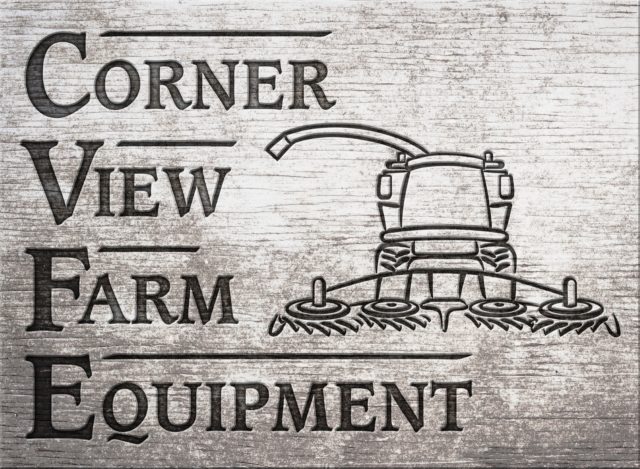For most hay producers, this weather pattern presents the greatest challenge to making top-dollar forages. The question is: Do we mow and risk rain damage to the hay, or do we wait for better weather and let the crop lose value to maturity?
One producer commented that his attitude is that “showers are not rain,” meaning that he aggressively mows hay, taking the risk that those pesky but often welcomed showers will pass him by.
Rain causes decreases in hay value by leaching the soluble plant nutrients in the leaves; leaf loss from shattering caused by additional tedding or raking; bleaching or browning of the color which affects price; and molds, bacteria and yeasts that consume the soluble carbohydrates while the forage is laying in the windrow.
The period when the rain reaches the forage, how hard a rain it is and how long it lasts differ in the effect on forage quality and quantity.
Producers managing around “chance of showers” weather need to take into account these different affects of rainfall on hay.
Forage rained on shortly after mowing has less negative effects than hay that is almost fit and then rained on again.
Obviously a short-duration rain causes less leaching than a long-duration rain event, but research has also shown that given the same amount of rainfall the shorter, more intense rain event would leach more soluble compounds from the leaves than a longer, more gentle rain.
The end product of rained-on hay will be loss in desirable plant carbohydrates and the remaining forage dry matter comprised of less digestible cell walls, hemicellulose and lignin, resulting in higher acid and neutral detergent fiber (ADF and NDF) with limited nutrient value and reduced value at the hay auction. How risky you manage hay harvest depends on many factors and how well you trust your local forecaster. FG
—Excerpts from Penn State Field Crop News, Vol. 8, No. 17
Paul H. Craig
Dauphin County Cooperative Extension
Penn State University








